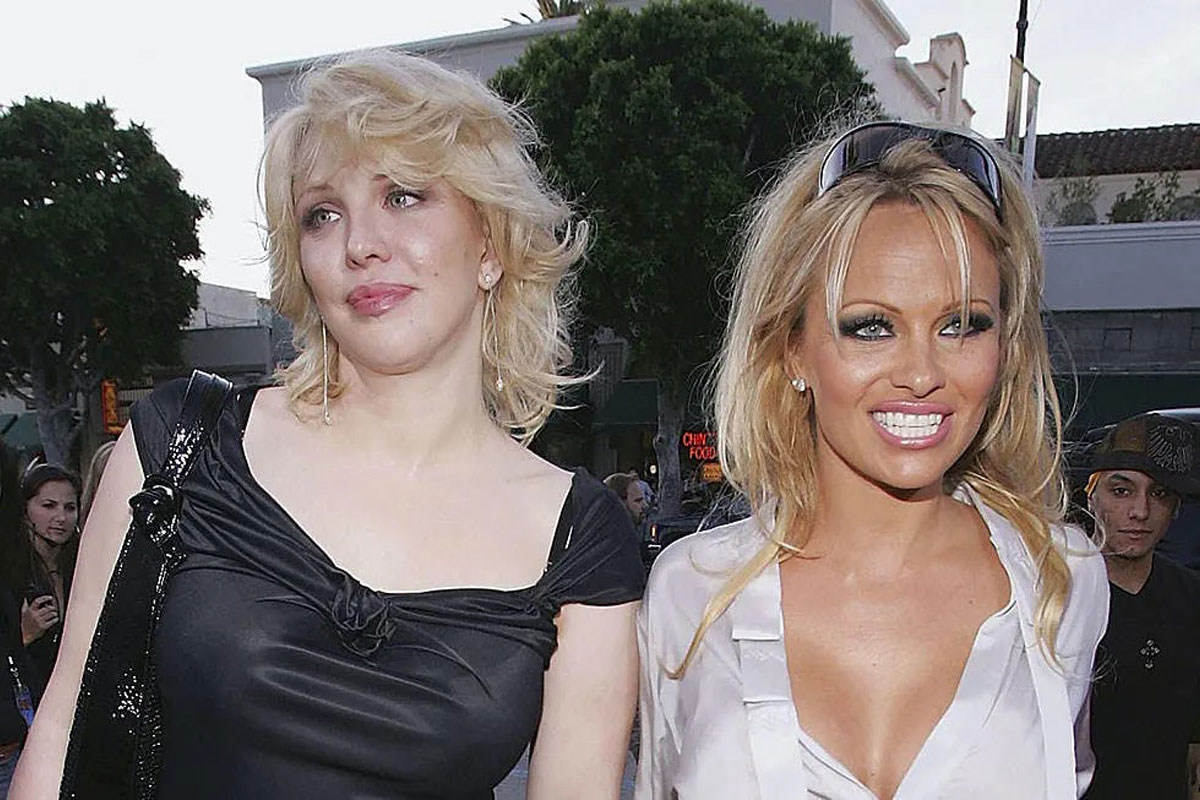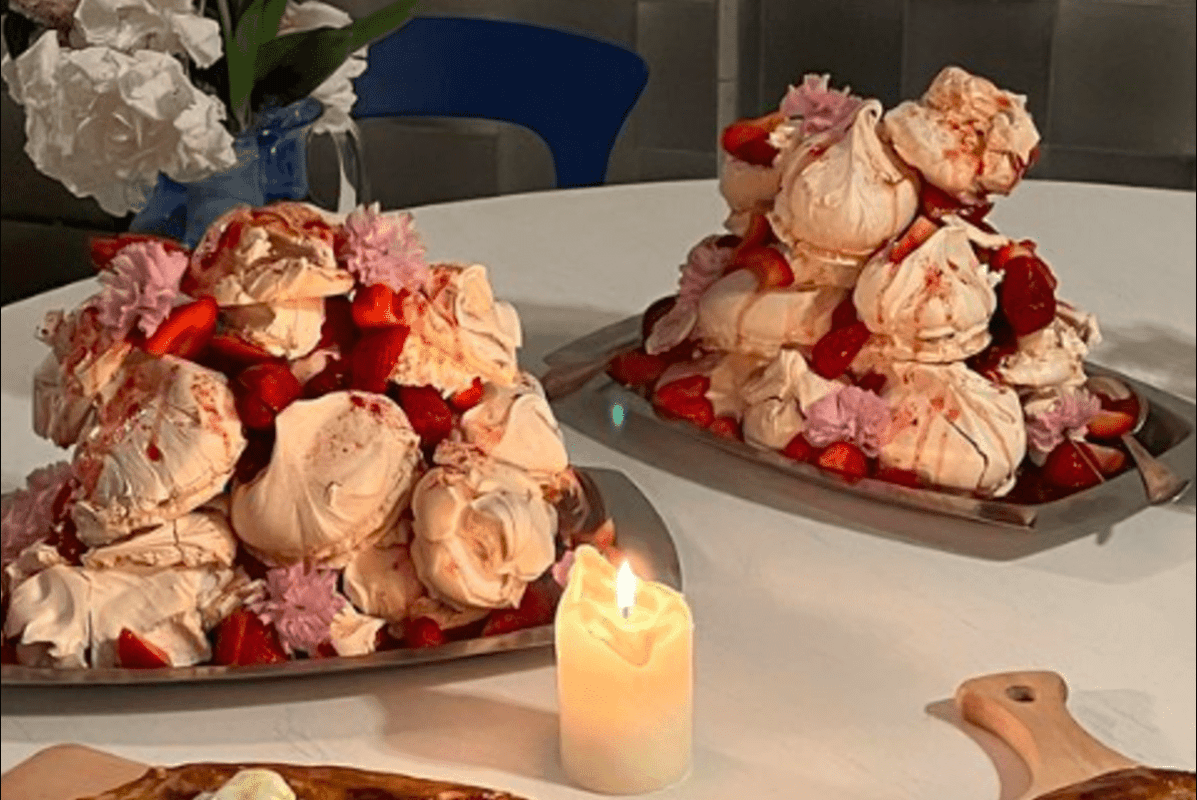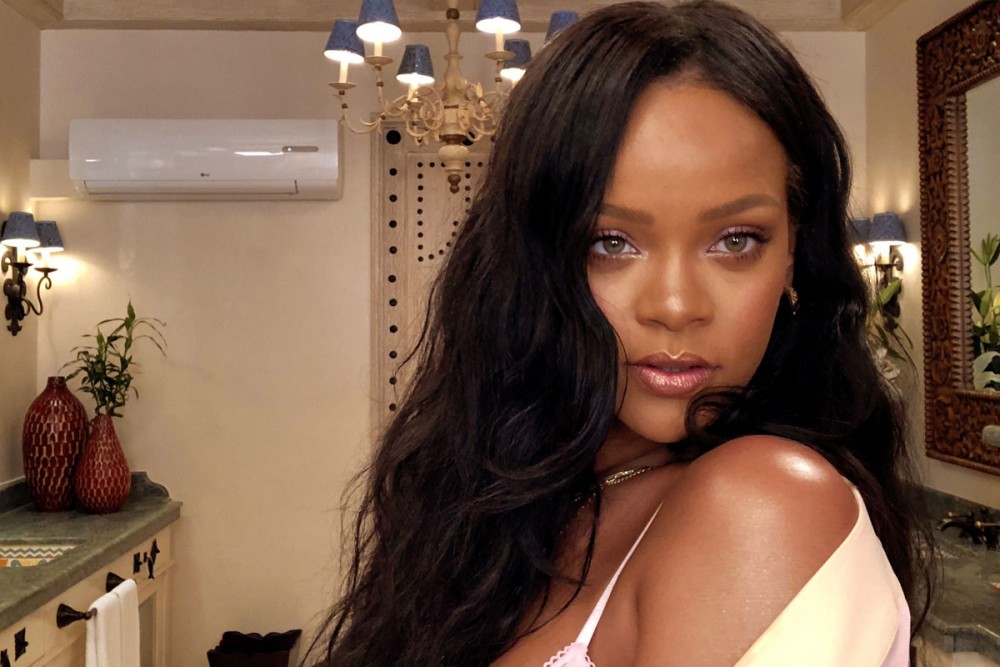Both beloved and loathed, there is no doubt that the Mullet is an iconic haircut.
The internet is awash with claims to the origins of this prodigious style.
Top of the list is Beastie Boy’s Mike D and their 1994 titular tribute song ‘Mullet Head’ - “number one on the side and don't touch the back, number six on the top and don't cut it wack, Jack."
First wearing is credited to Henri Mollet, a French fashionista of the 1970s.
Some say it comes from the 19th Century term mullethead, meaning dim-witted or of dubious intelligence.
One legend has it that the mullet originated with the fishmongers of Iceland who cultivated the hair style to keep their necks warm and dry against the North Atlantic spray.
Perhaps most the most astonishing mention goes back thousands of years to ancient Greek poet Homer’s The Iliad, where he describes a group of spearmen - “their forelocks cropped, hair grown long at the backs,”
In Sweden, it’s called Hockey Hair.
In Montreal, it is contemptuously named Coupe Longeuil after a local suburb known for its lack of redeeming characteristics.
The Kentucky Waterfall was one I hadn’t heard before.
These days we’re calling it the Wolf Cut. Like the bowl cut or the bob, one thing is clear, this is a hairstyle with extraordinary staying power.
A well as being the ultimate do-it-yourself do, the mullet transcends gender, age, and socioeconomics.
As a trend, peak mullet seems to come around once in a generation, usually adopted first by cool art-school kids and high-school bands. Then along come the fashion crowd and influencers to join the mullet melee, followed by sportspeople, actors and edgy communications grads, and so on and so on.
It’s currently the most searched for haircut of 2021 with over 15 million searches, that’s up 142% in 2020.
Of course, there are those true blue mulleters who have been wearing the style since they were in nappies. In New Zealand, we fondly call this group of people bogans.
It has a certain rebellious appeal, yet the real value of the mullet as a hairstyle lies in its wearability. It works on all hair types, it’s low maintenance, can be dressed up or down, worn long or short, and will always be the centre of attention at a party.
What’s not to love?
1970s

Patti Smith and Robert Maplethorpe 1969
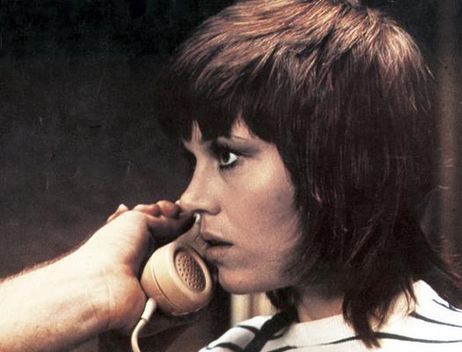
Jane Fonda, 1970
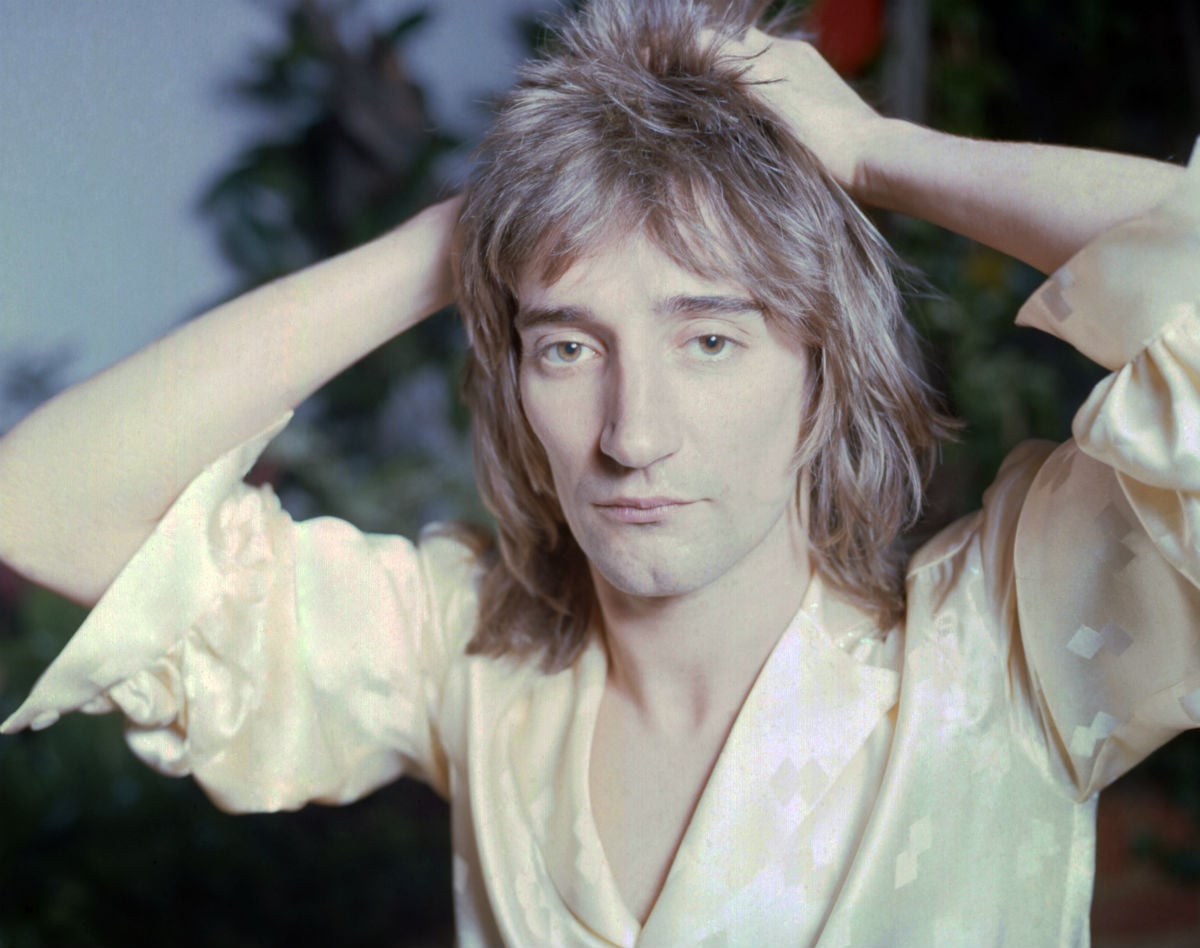
Rod Stewart, 1971

David Bowie as Ziggy Stardust, 1972
1980s
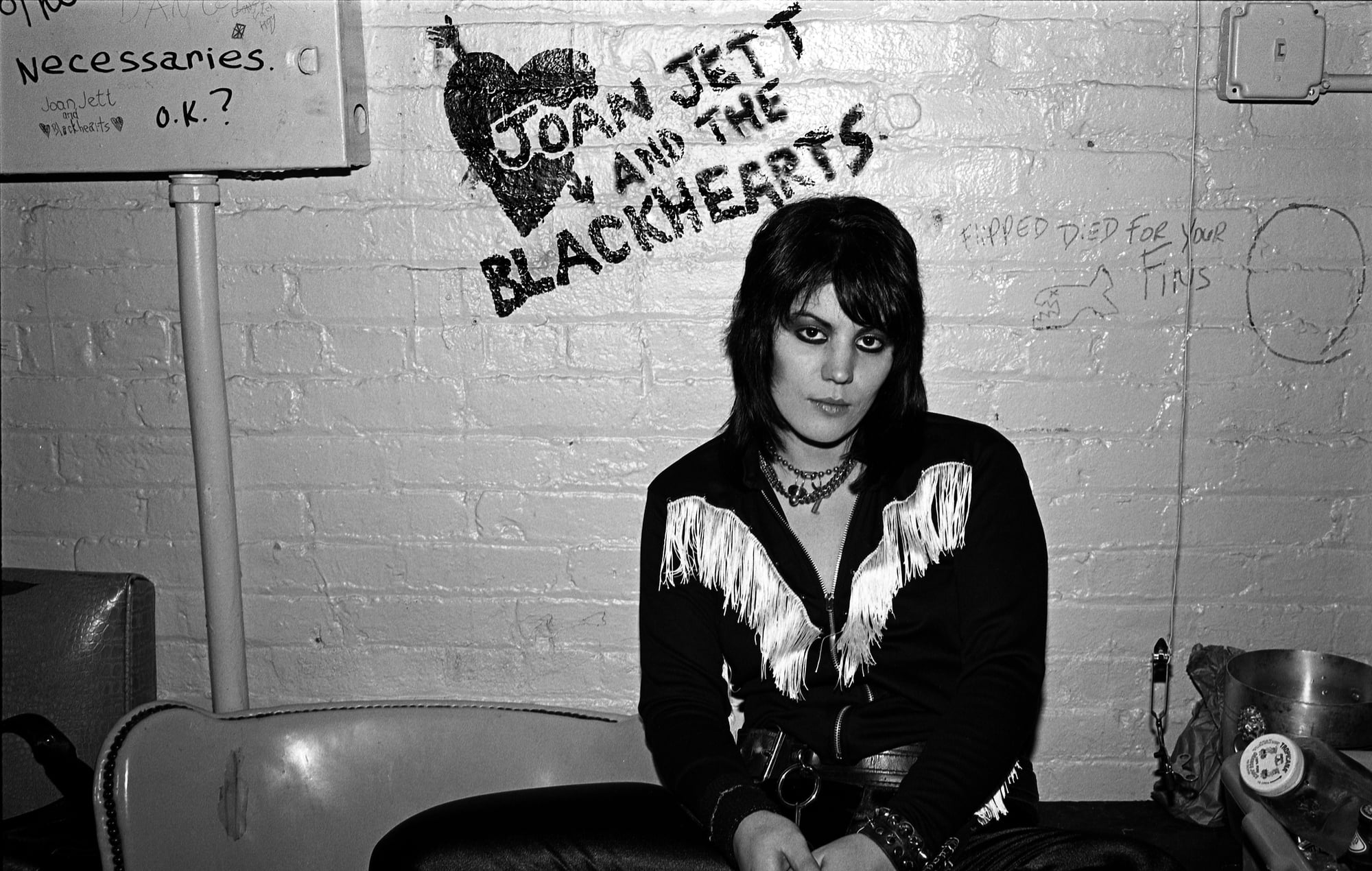
Joan Jett, 1981
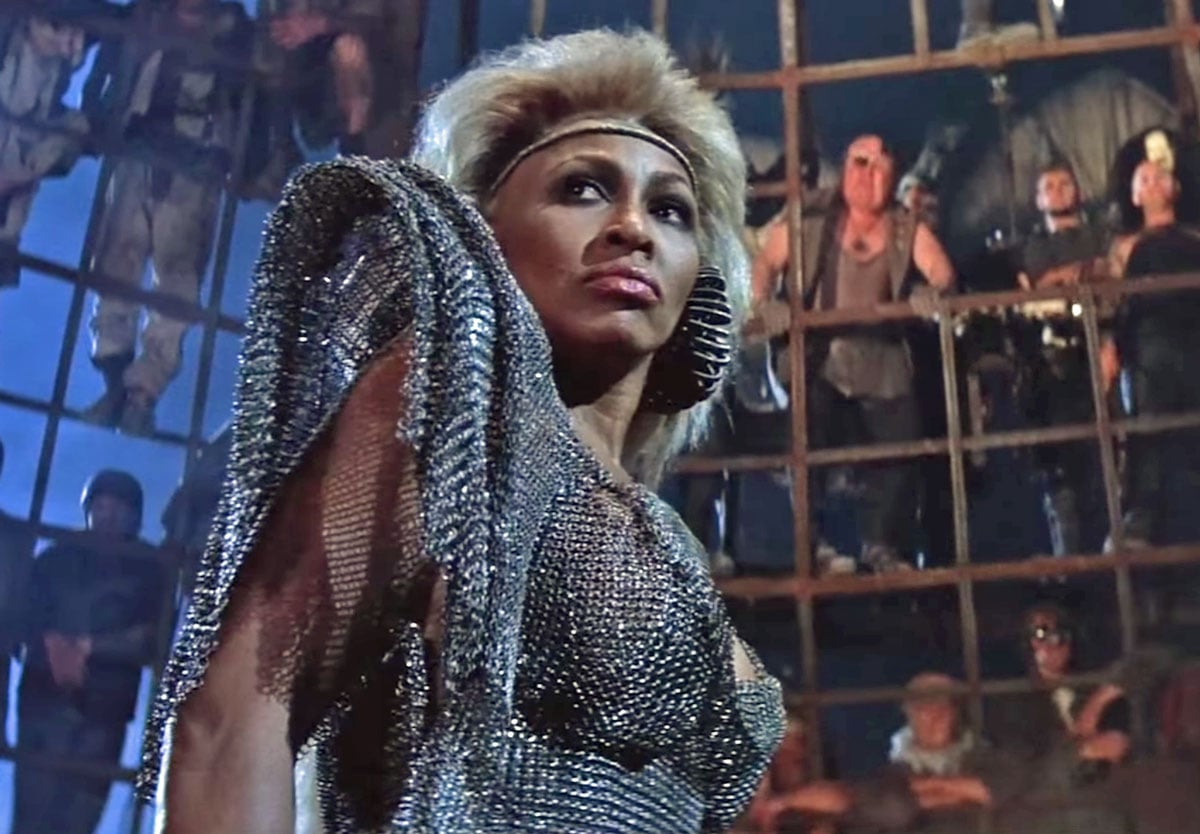
Tina Turner in Mad Max Beyond the Thunderdome, 1985
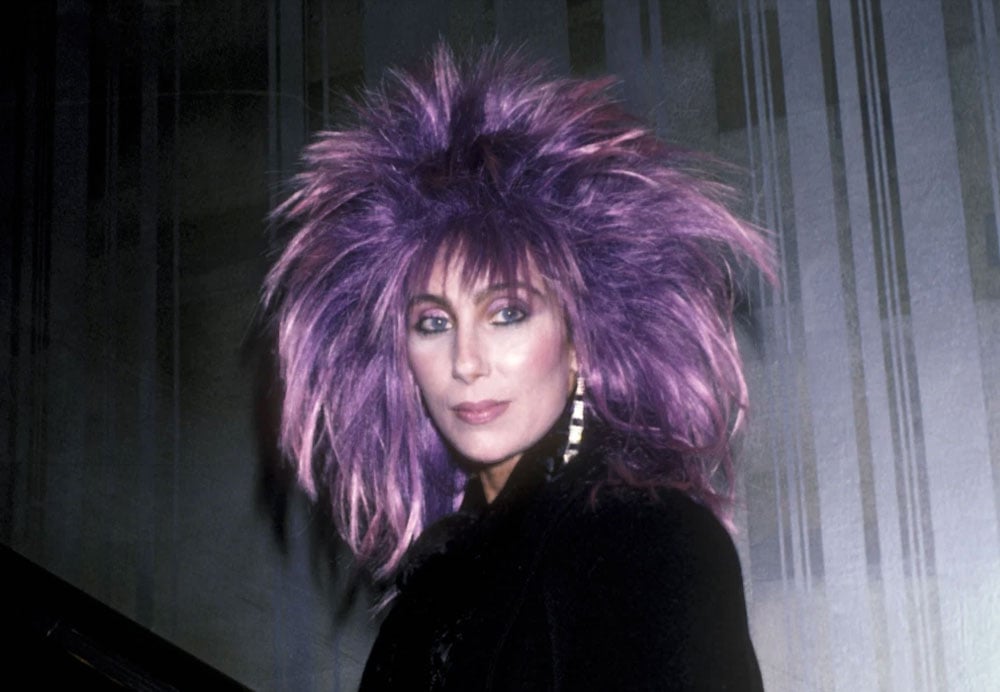
Cher, 1982

Meryl Streep in Silkwood, 1983
1990s
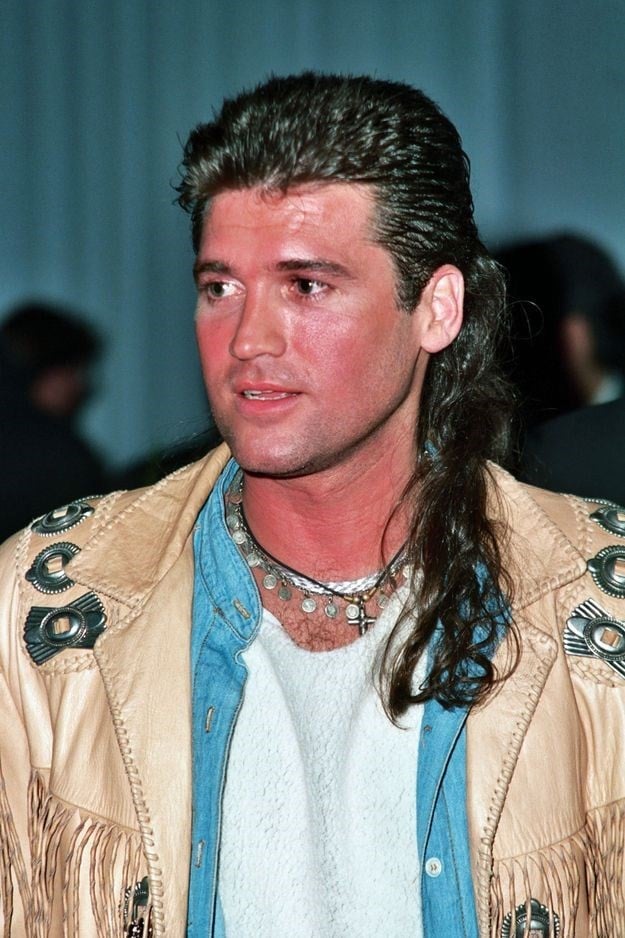
Billy Ray Cyrus
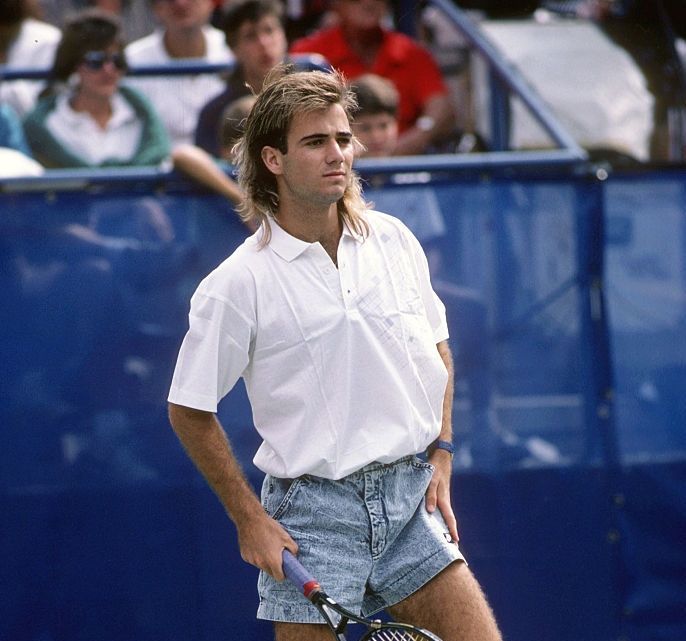
Andre Agassi

Kiefer Sutherland in The Lost Boys
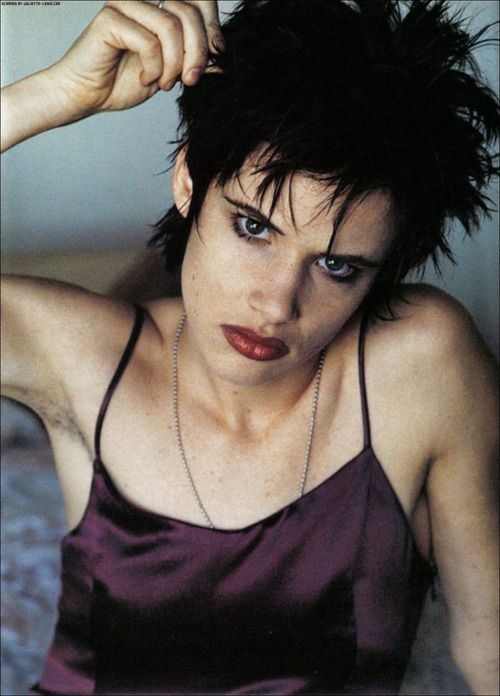
Juliette Lewis
2000’s A skint period for mullets

Scarlett Johannsson, 2003
2010s
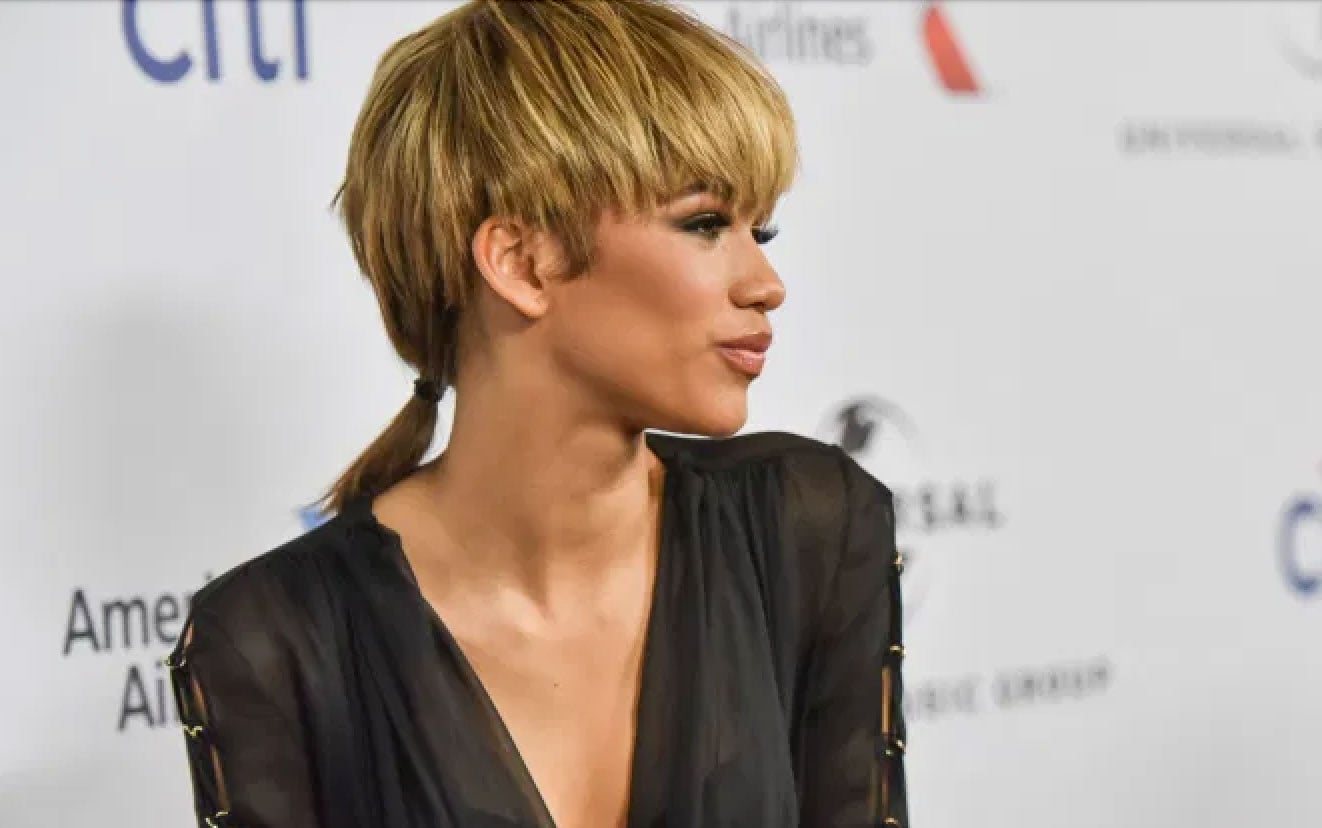
Zendaya, 2016
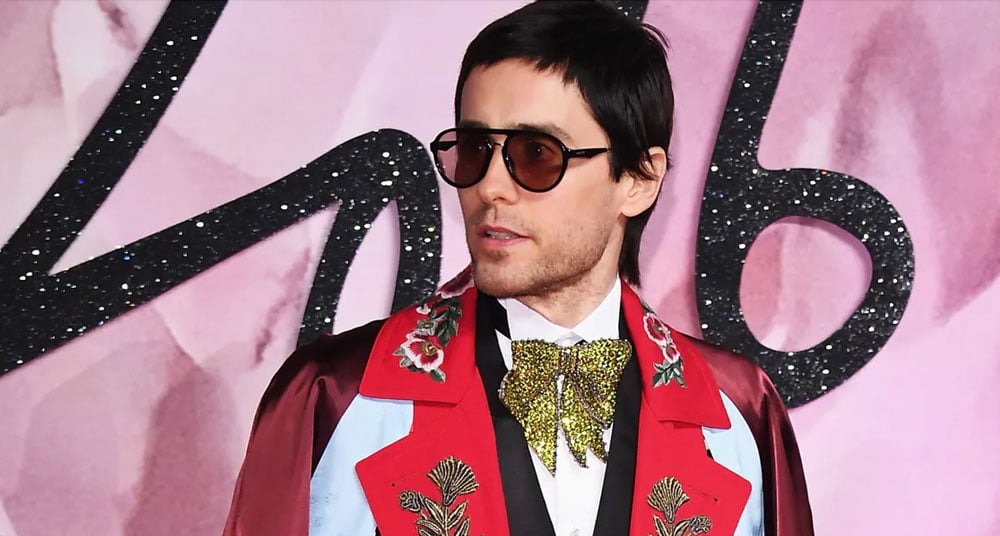
Jared Leto, 2016
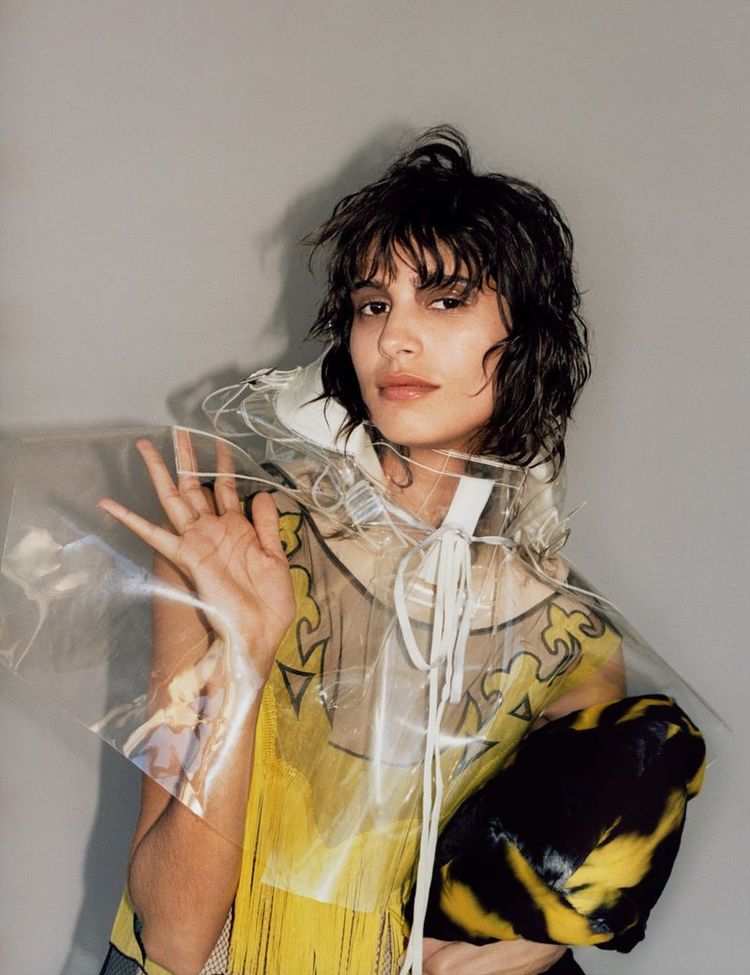
Mica Arganaraz
2020s
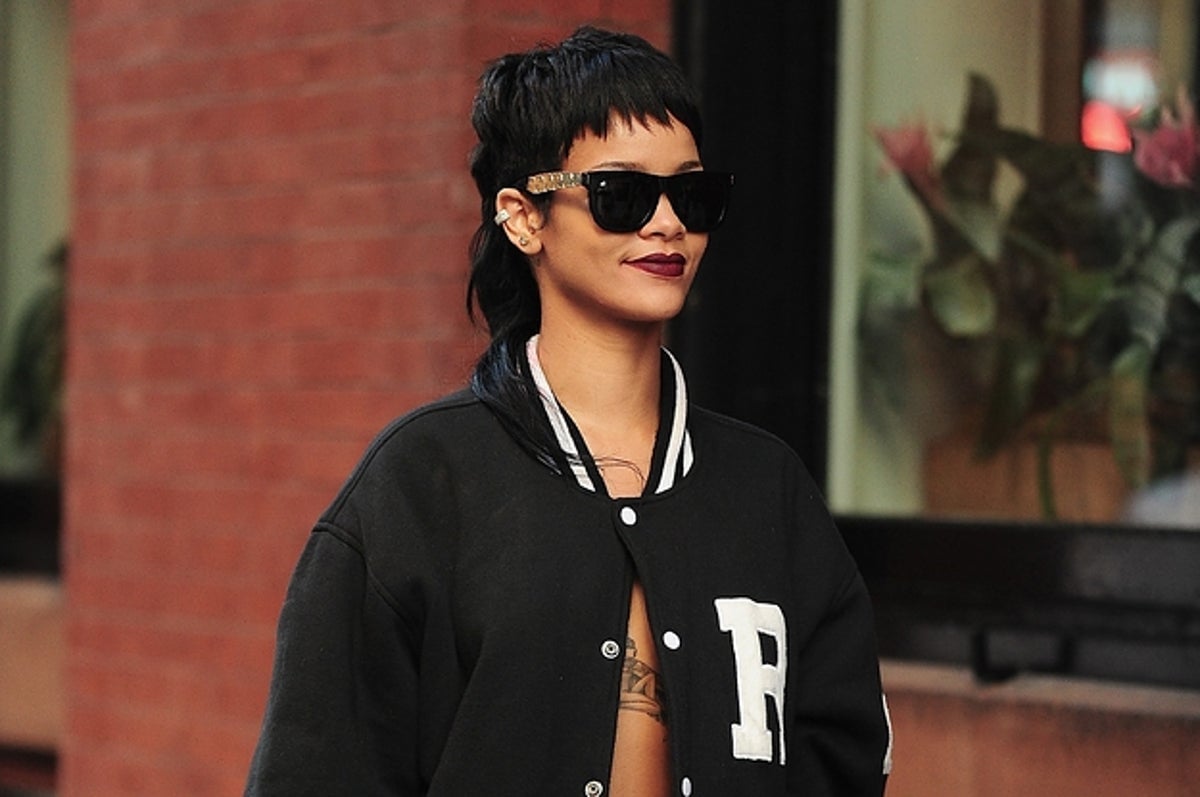
Rhianna
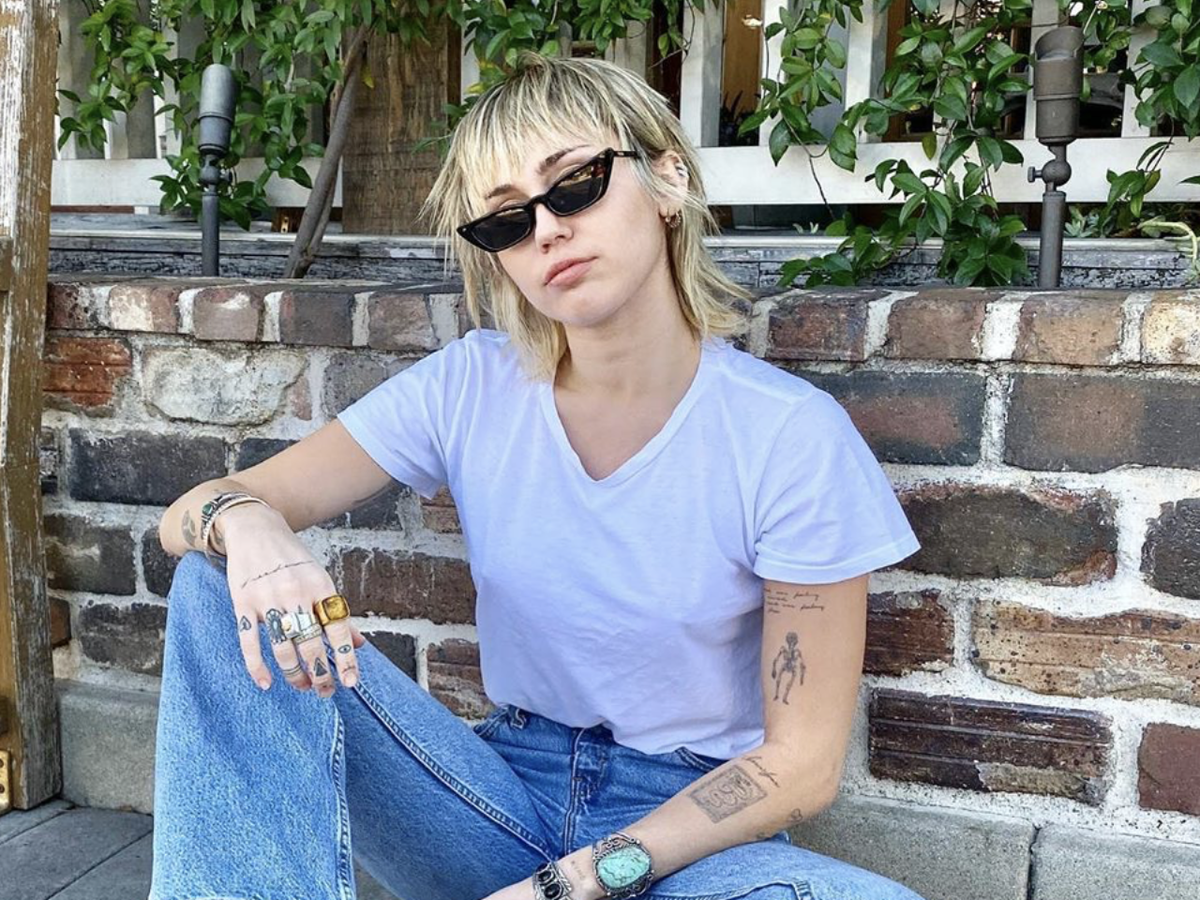
Miley Cyrus
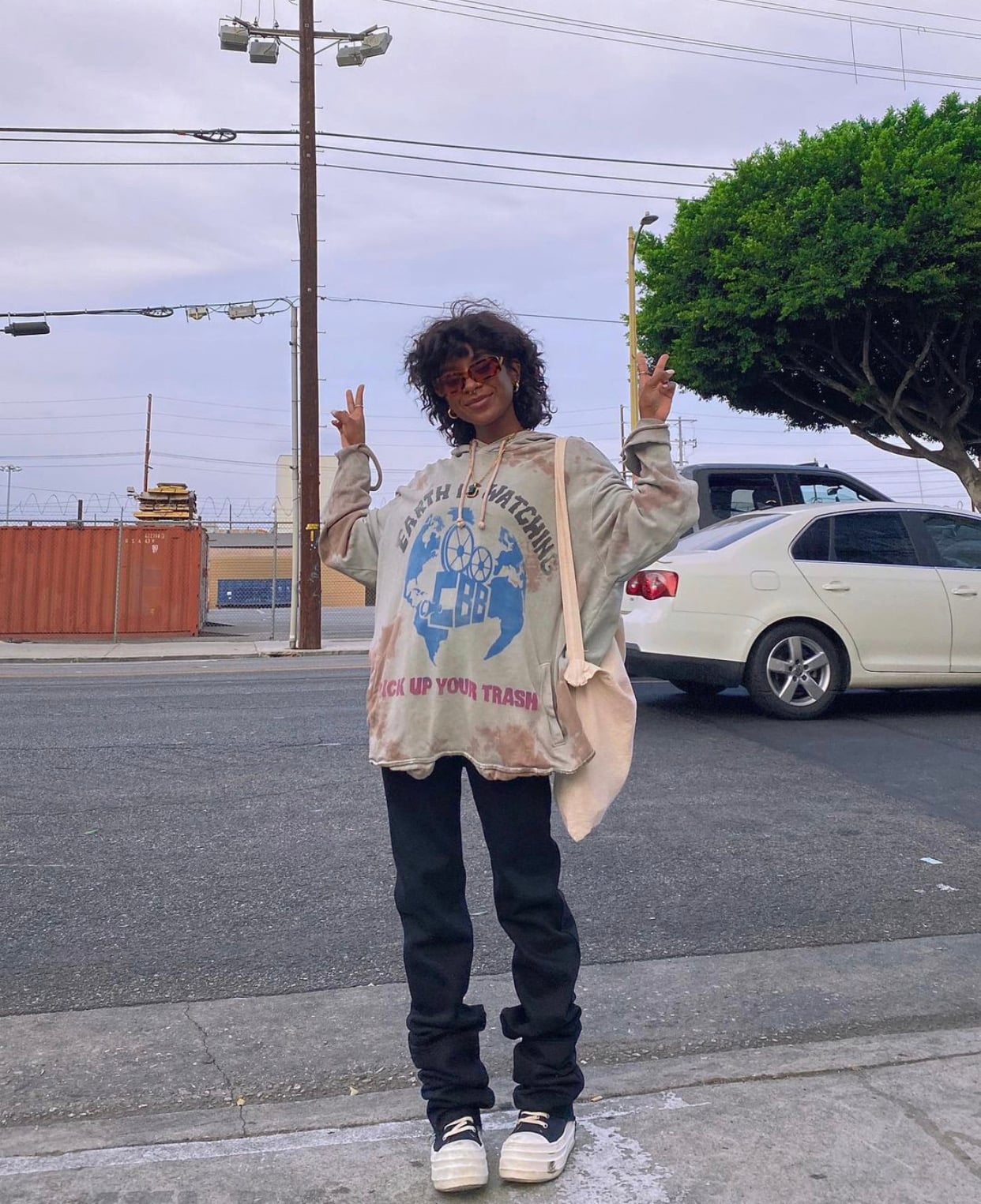
Cierra Nia
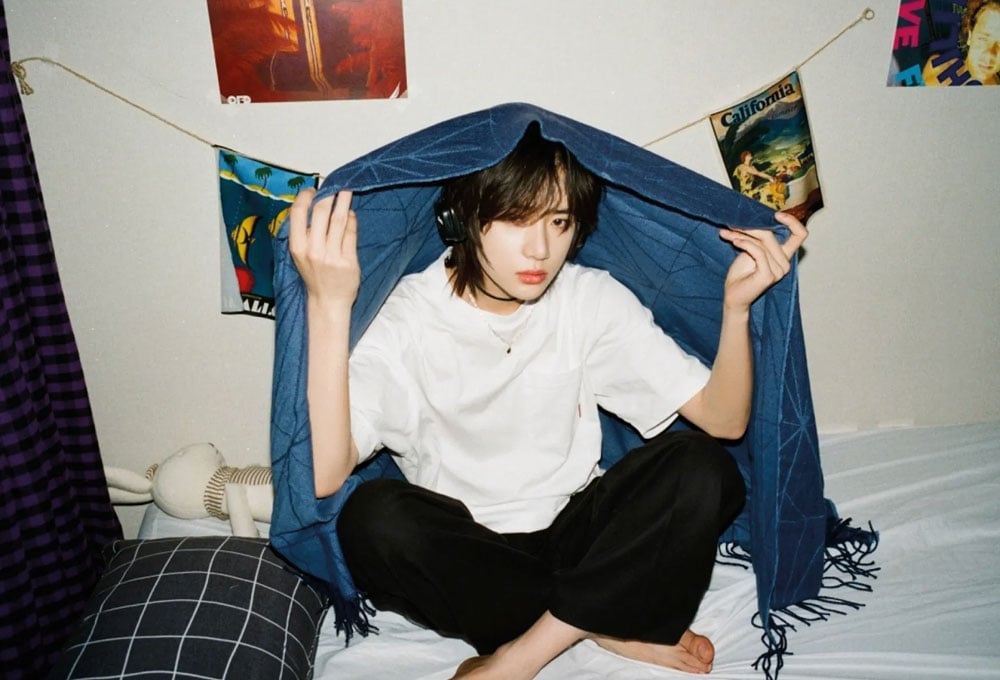
Beomgyu
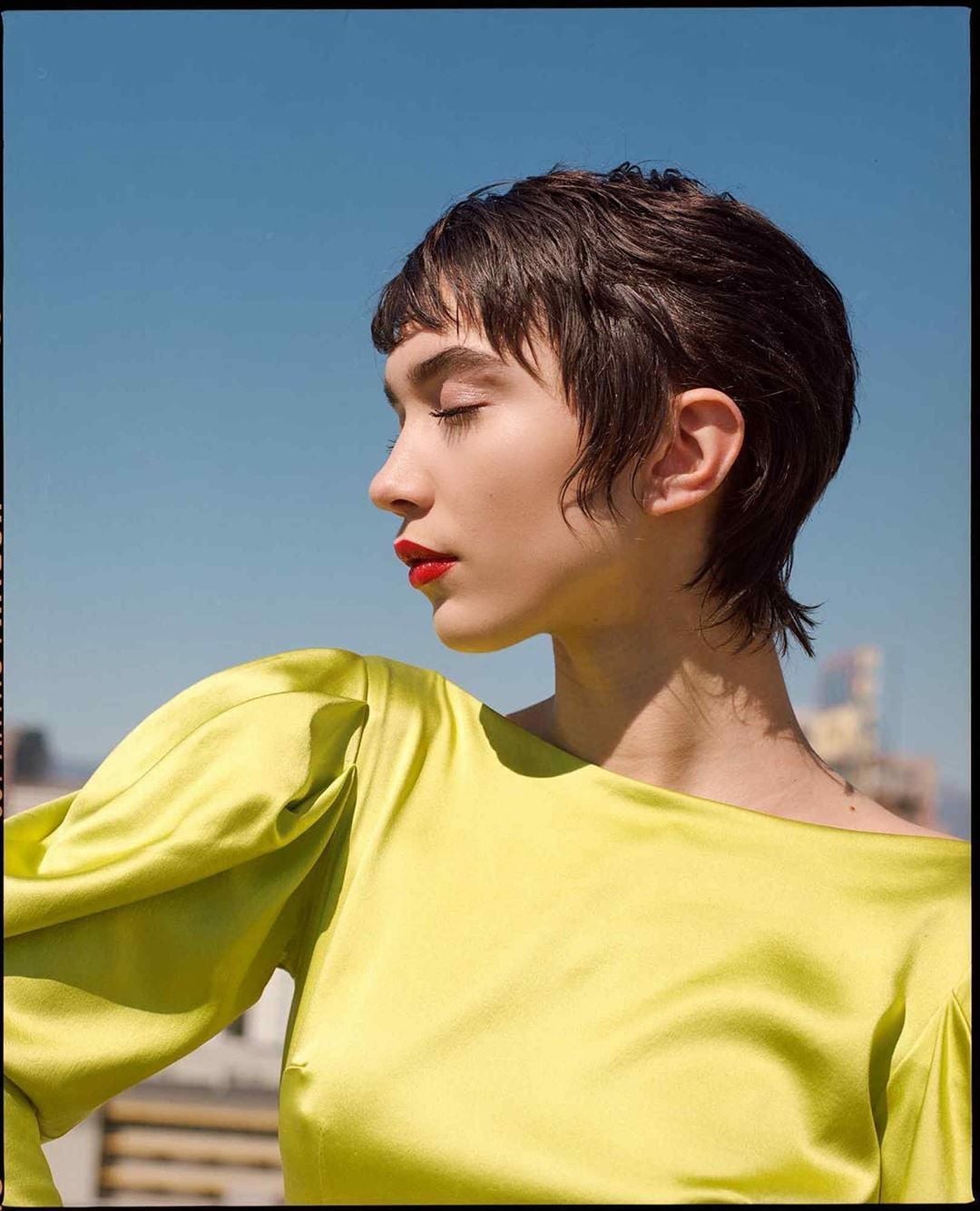
Rowan Blanchard
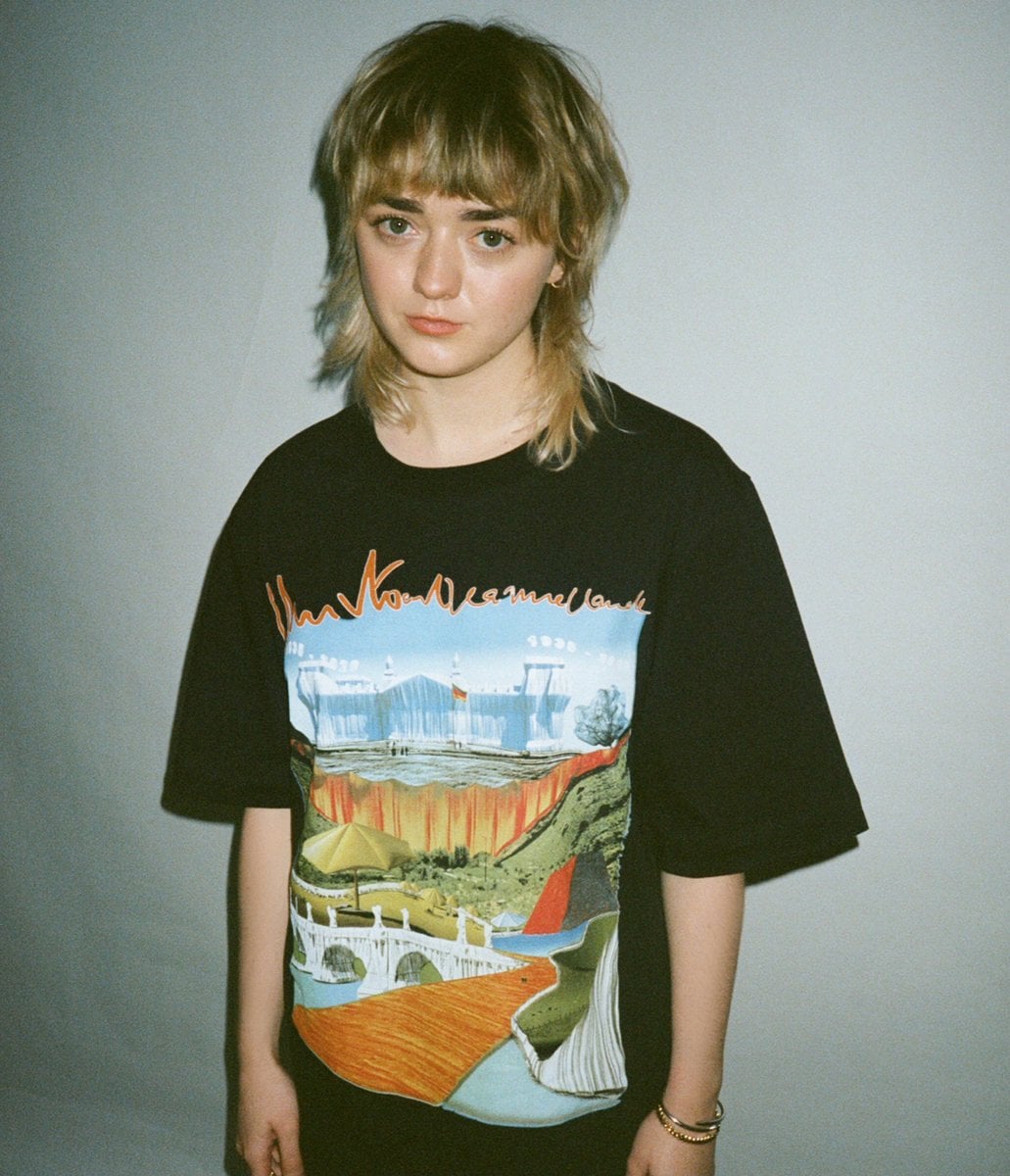
Maisie Williams
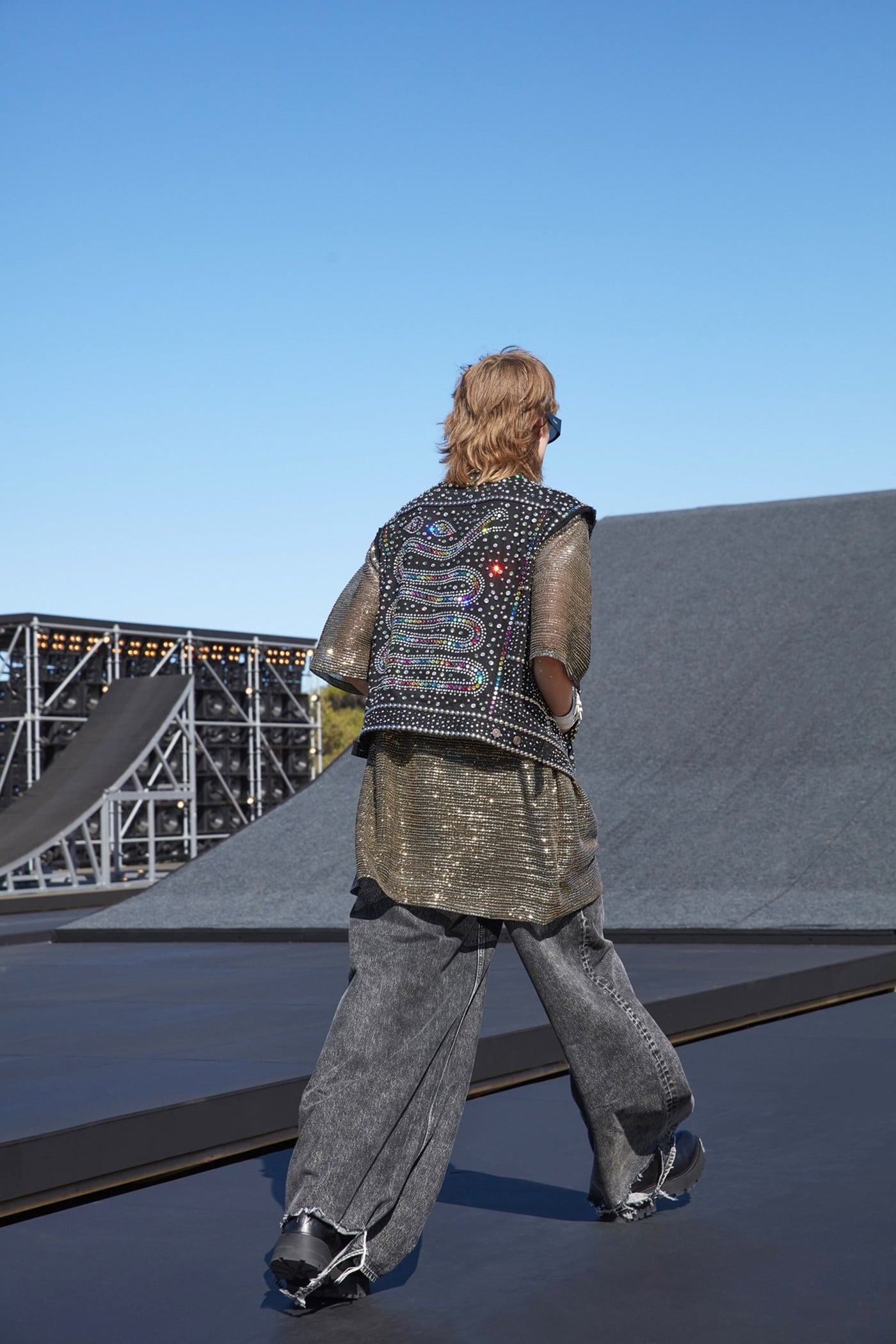
Celine Homme AW22
